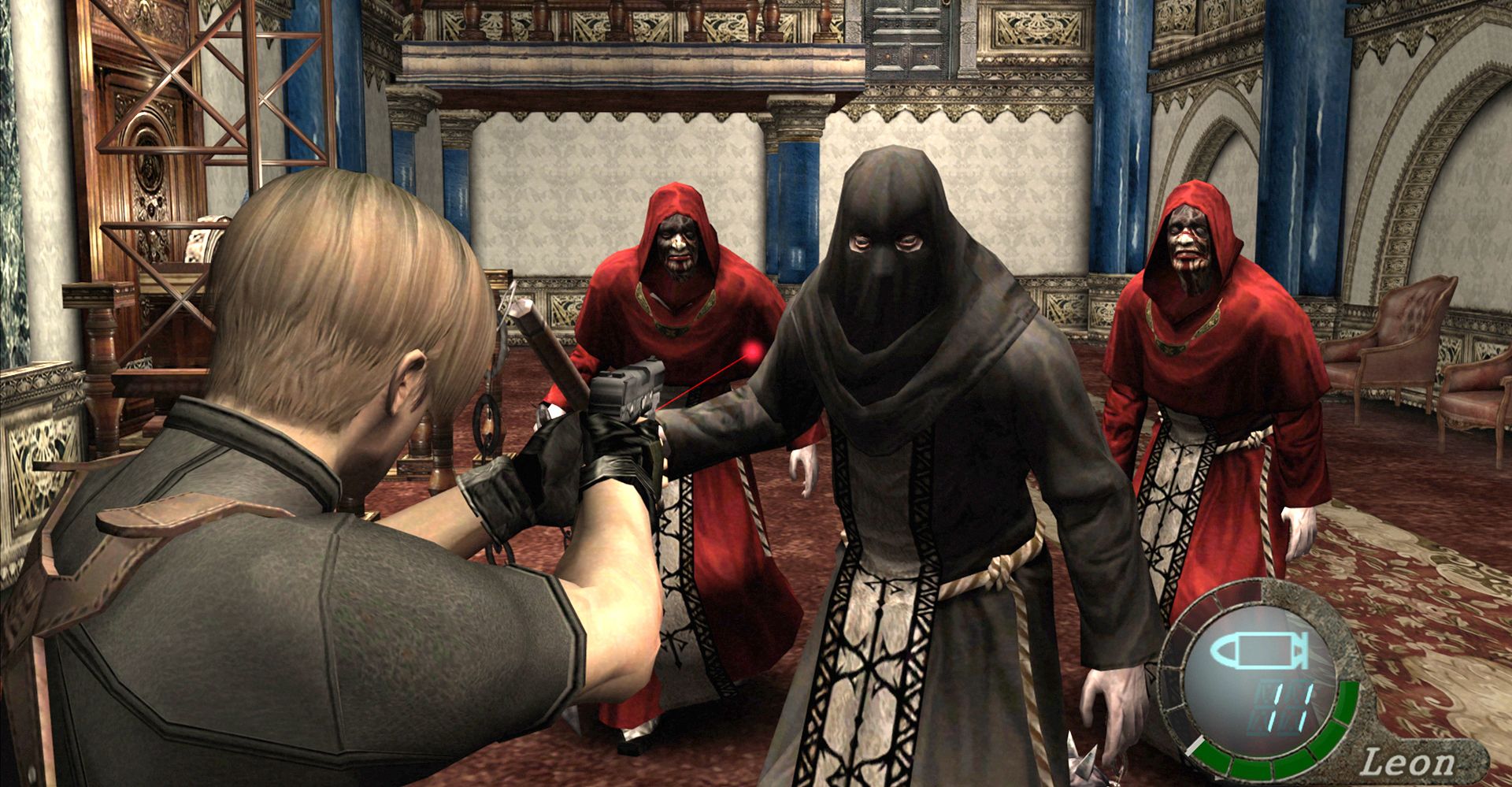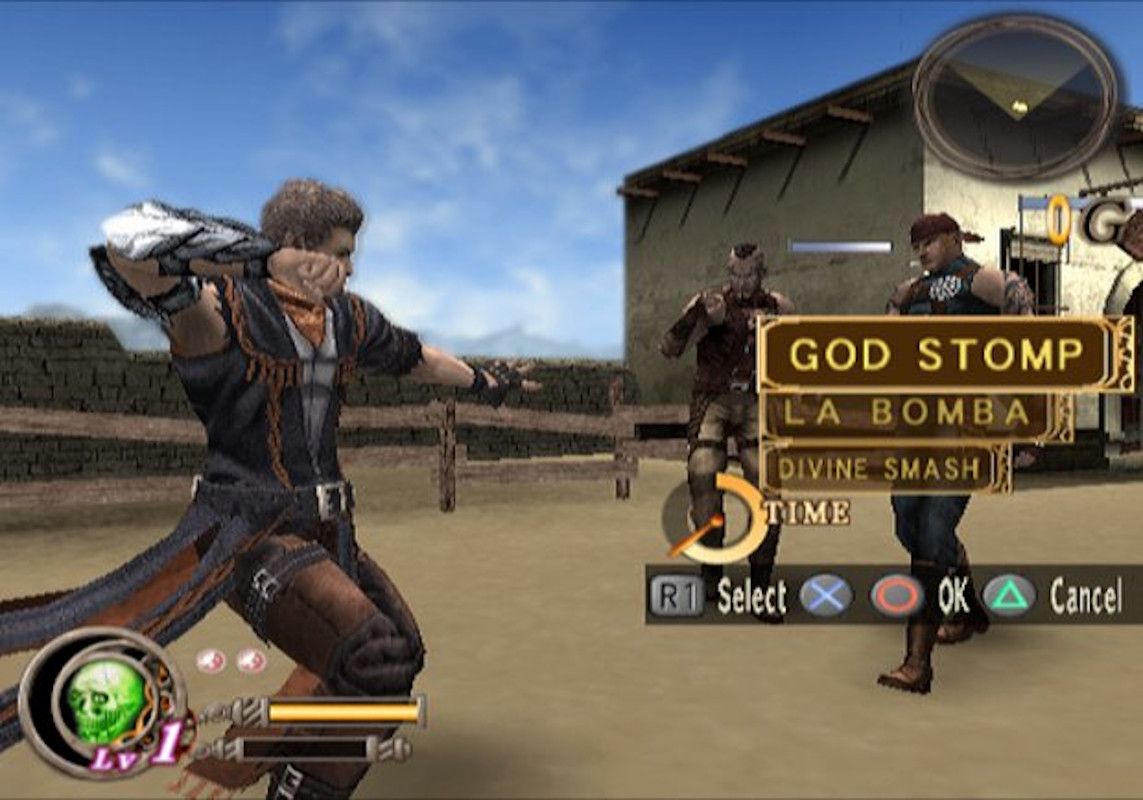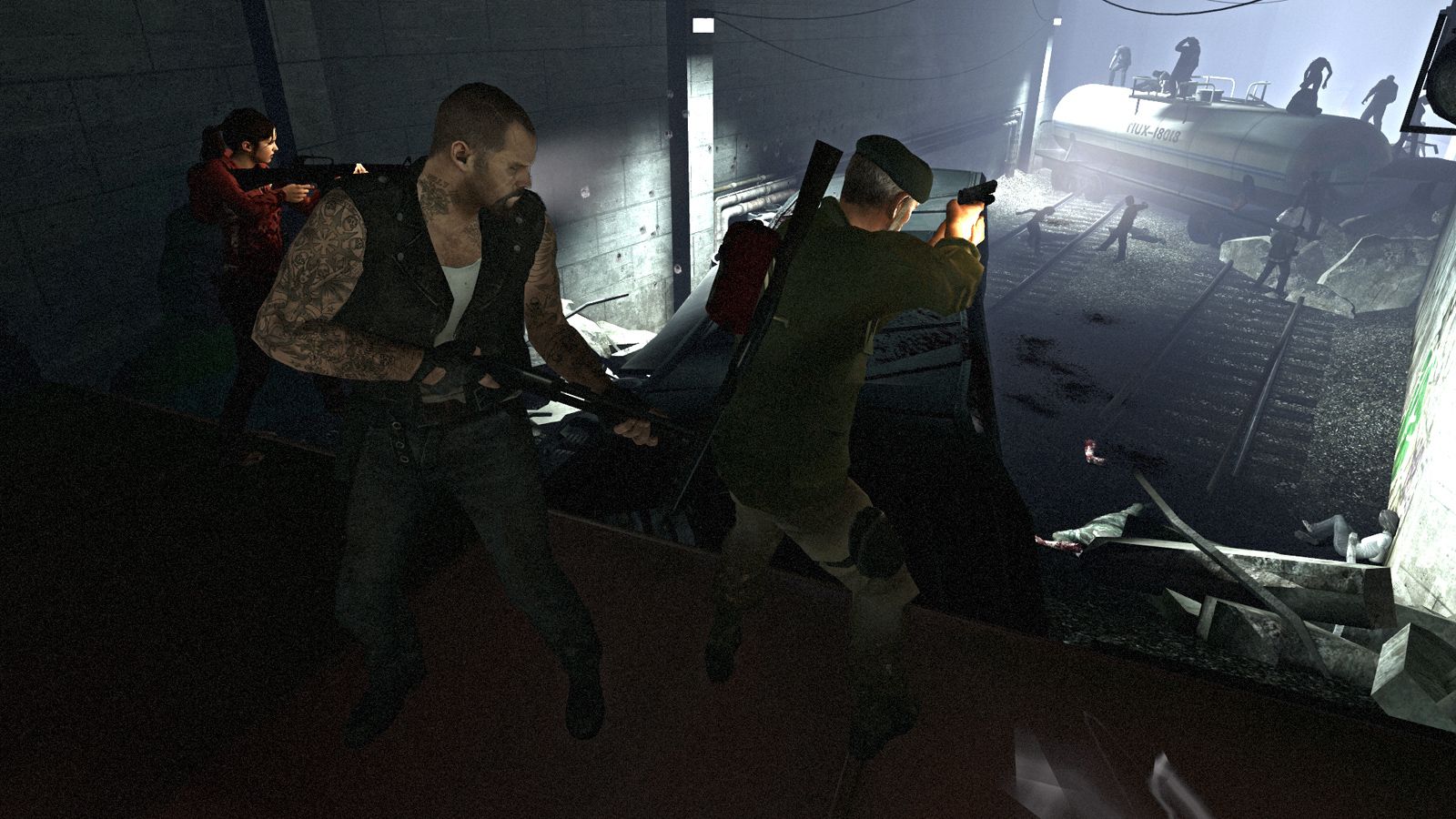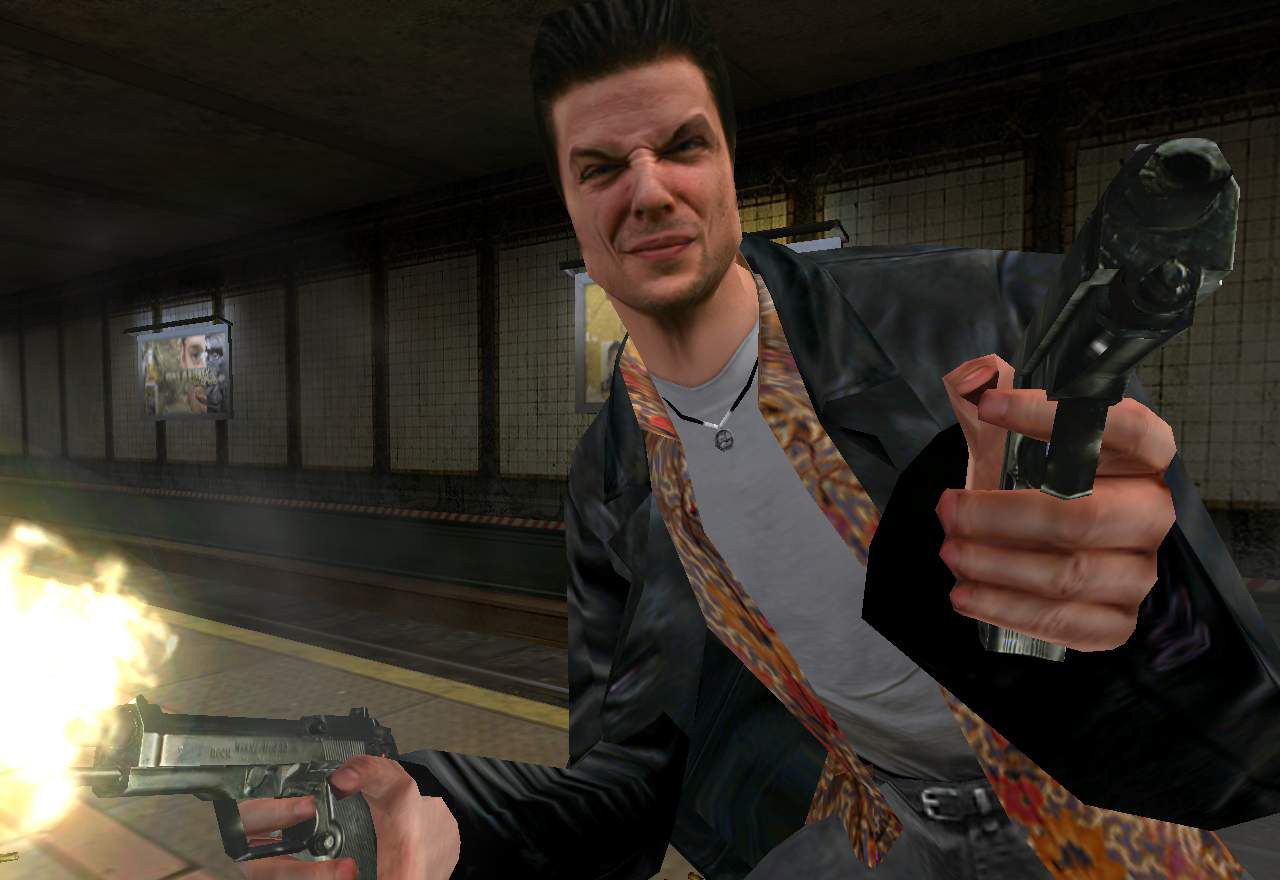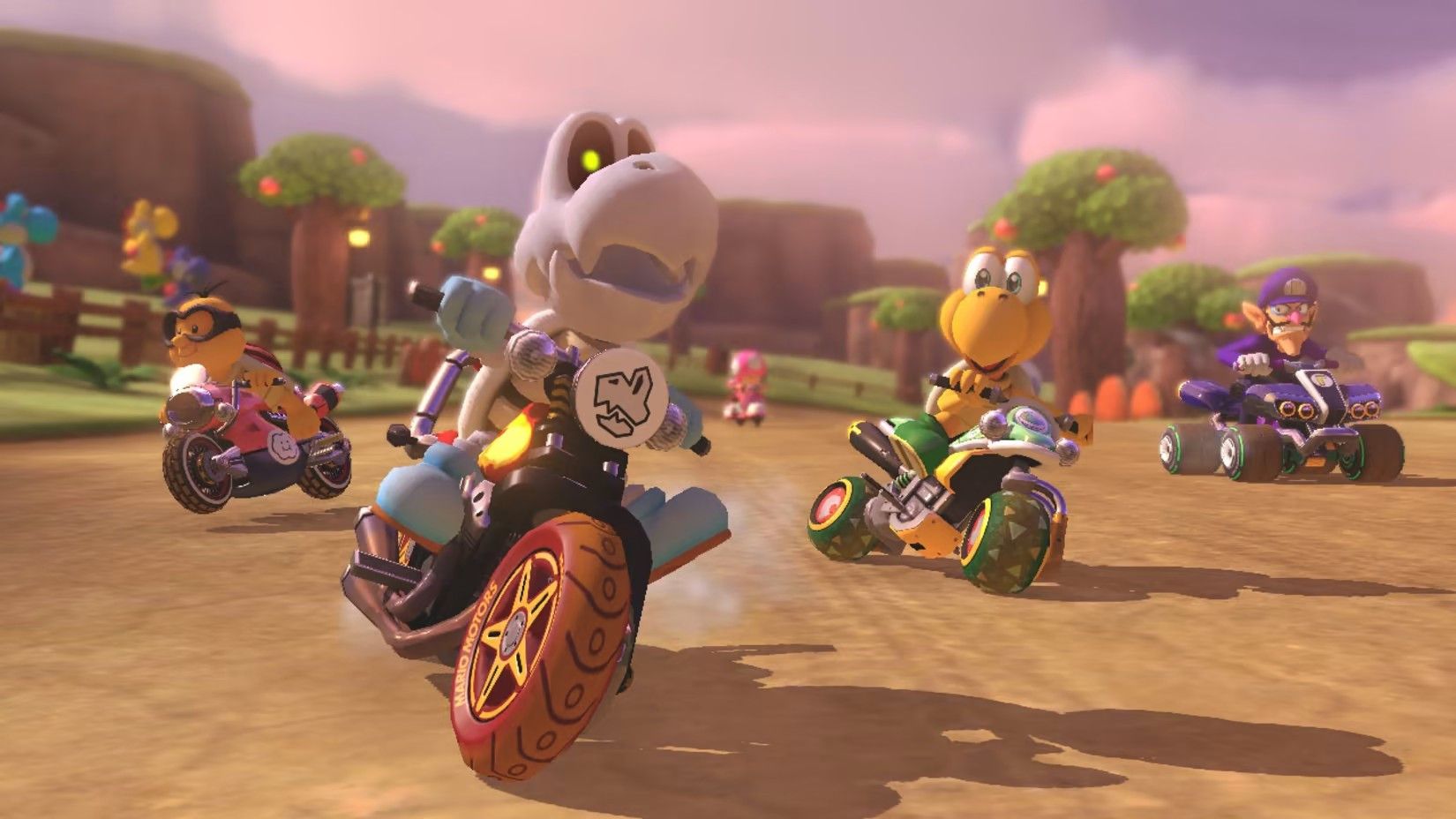Key Takeaways
- Dynamic difficulty adjustment caters to all players by automatically increasing or lowering game difficulty based on performance.
- Dynamic difficulty isn’t easy for developers to implement and can detract from a game when it’s mishandled.
- Although dynamic difficulty isn’t always perfect, it remains arguably the best way to provide balanced video game difficulty.
Difficulty settings in video games aren’t always perfect, and many games still struggle to provide options that aren’t too easy or too difficult. While some games like Elden Ring and Monster Hunter Rise forgo this choice altogether, there’s a better approach to difficulty settings that too many developers are ignoring.
Dynamic Difficulty Appeals to All Players
Dynamic difficulty adjustment is a form of game balancing that enables a game to automatically increase or lower its difficulty based on the player’s performance. This means that playing better will cause the game to become more challenging. Likewise, dynamic difficulty allows a game to tone down its challenge if you’re struggling to progress.
By using dynamic difficulty, games are able to adapt to a player’s skill level, creating experiences that are accessible to casual gamers and challenging for a hardcore audience. Whereas many games are criticized for being either too easy or too unforgiving, dynamic difficulty provides a way for everyone to enjoy the same title, regardless of whether they’re looking for a tough-as-nails test of skill or a cozy game to relax with.
The Best Games Use Dynamic Difficulty
Despite being used in only a small number of releases, dynamic difficulty adjustment has played a significant role in shaping some of the best video games of all time.
One of the most famous examples of dynamic difficulty can be found in Resident Evil 4. The game features a hidden scoring system that is constantly increasing and decreasing based on your performance in combat. This score will prompt the game to alternate between a difficulty scale that ranges from 1-10 (with 1 being the easiest and 10 the hardest).
A standard playthrough begins at rank 6. However, as you increase this difficulty by successfully killing enemies and avoiding attacks, your foes will become tougher, act more aggressively, and appear in larger numbers. Similarly, missing shots and repeatedly dying will lower your difficulty rank.
Resident Evil 4 also demonstrates how dynamic difficulty and traditional difficulty settings aren’t mutually exclusive. Along with the standard difficulty option, all versions of the game include an unlockable “Professional” mode that locks the difficulty at rank 10.
Later ports introduced “Easy” mode, which features a more forgiving version of the dynamic difficulty system that climbs ranks at a slower rate. Since the release of Resident Evil 4, nearly every Resident Evil game has used a variant of this adaptive difficulty scale—including the title’s 2023 remake.
Dynamic difficulty isn’t always a hidden feature. Clover Studio’s God Hand transforms dynamic difficulty into a brutal risk/reward mechanic. Throughout the cult-classic beat-em-up, you manage an always-visible difficulty gauge, which will “level up” to the next difficulty rank when filled.
Much like the dynamic difficulty of Resident Evil 4, God Hand’s difficulty ranking rises and falls based on your performance in combat, moving on a scale that ranges from Level 1 to a fourth rank called “Level Die”.
However, God Hand doesn’t use this dynamic difficulty to make you comfortable. The game rewards you with better rewards for defeating enemies at higher levels, which might encourage you to reach Level Die whenever possible. The catch is that God Hand is often considered to be one of the hardest games of all time, and even the lower levels will provide a punishing reminder of its reputation.
If the challenge ever becomes too much, you can grovel at your enemy’s feet to drop the difficulty. As with Resident Evil 4, God Hand features two other difficulty options: an “Easy” mode that removes the third and fourth difficulty levels, and a “Hard” mode which permanently locks the difficulty gauge at Level Die.
While these mechanics are usually tailored to single-player experiences, Left 4 Dead and its sequel utilized a dynamic difficulty system that can adapt to a four-player team. Rather than determining your skill based on a simple ranking system, Left 4 Dead‘s dynamic difficulty is carried out by The Director: an artificial intelligence that spawns items and enemies based on your team’s performance.
If your team is low on health or ammo, The Director will provide more items and throw out smaller hordes of zombies. However, if you’re breezing through the level, it will respond with scarcer supplies and fiercer foes.
Despite its absence in most modern releases, dynamic difficulty has continued to improve thanks to developers finding new and exciting ways for games to adapt around players. Metal Gear Solid V: The Phantom Pain features a unique dynamic difficulty system that doesn’t always make the game tougher, but constantly forces you to adopt new strategies.
When you rely too much on long-range headshots, enemy soldiers will begin wearing helmets and setting up snipers. If you prefer confronting these guards head-on, they’ll eventually come prepared with shotguns and riot shields. Even the in-game time of day matters, as completing missions at night will lead to enemies equipping flashlights and night-vision goggles.
Metal Gear Solid V is remarkable for the countless options you have for completing objectives, but its creative approach to dynamic difficulty ensures that you can never depend on a single tactic for too long. Similar games often give you plenty of tools with little reason to use them, but Metal Gear Solid V cleverly uses its dynamic difficulty to encourage variety and experimentation in a way that few other games can match.
Dynamic Difficulty Isn’t Always Perfect
Despite its proven effectiveness, many games still neglect dynamic difficulty adjustment in favor of traditional difficulty settings (or none at all). While this may sound like a problem, there are a few reasons why most game developers are sticking with these old-school methods.
Some games are arguably worse because of their dynamic difficulty. Max Payne will gradually lower your health and worsen your aim as the game progresses unless you die repeatedly in a short period of time. This ends up feeling like a punishment for playing well and makes your guns woefully unreliable during later levels unless you exploit the dynamic difficulty by intentionally dying.
The Elder Scrolls IV: Oblivion is another example of poorly designed dynamic difficulty, though for very different reasons. Rather than weakening the player, Oblivion introduced level-scaling: a mechanic that strengthens NPCs and introduces tougher creatures as you level up.
Although this sounds like a decent idea—and would later be perfected in The Elder Scrolls V: Skyrim—Oblivion‘s steep difficulty curve discourages you from leveling or forming a character build that isn’t strictly focused on combat. This unintended restriction works against the freedom of the game’s open-world design, and often results in players restarting a playthrough rather than adapting to the challenge.
Even multiplayer games aren’t safe from bad dynamic difficulty. Mario Kart 8 determines which items you can receive from an item box based on your current placement in the race. If you’re lagging behind or fall into last place, you’ll get better items than the racers in the lead.
However, many players exploit this mechanic by deliberately staying in last place before using the game’s best items during the final lap to enter first place at the last second. Thankfully, this problem was eventually addressed in a later patch.
Aside from the ways dynamic difficulty can detract from a game, there’s no denying that implementing preset standard difficulty options is easier and sometimes more effective. Popular action series like Halo and Call of Duty provide players with a small selection of static difficulty settings. While these options won’t be as carefully tuned to your preferences as a dynamic difficulty system, they still succeed at captivating both hardcore and casual players.
Compare that with Resident Evil 4, which required the developers at Capcom to design and playtest 10 different difficulty settings, as well as program a dynamic system that evaluates player performance and subtly tweaks the game’s balancing. All this needs to be implemented without the player ever noticing or creating an opportunity for them to exploit the mechanic.
Dynamic difficulty is absurdly complicated, and it’s a miracle when this system actually works. Although it’s incredibly impressive when a game pulls off dynamic difficulty, I don’t blame other developers for sticking with static difficulty options.
Dynamic Difficulty Is Still the Best
Even with its faults, dynamic difficulty adjustment is still one of the best ways to handle video game difficulty. When it works as intended, dynamic difficulty fine-tunes a game to fit your taste, delivering experiences that fit the creator’s vision without alienating players.
No matter your skill level, dynamic difficulty allows any game to provide the perfect amount of challenge. It’s also been used to ensure every playthrough feels different, bringing plenty of variety and infinite replayability to your favorite games. While it’s clear why dynamic difficulty is still rarely seen in games, I’m hoping more developers will give it a chance in the future.


